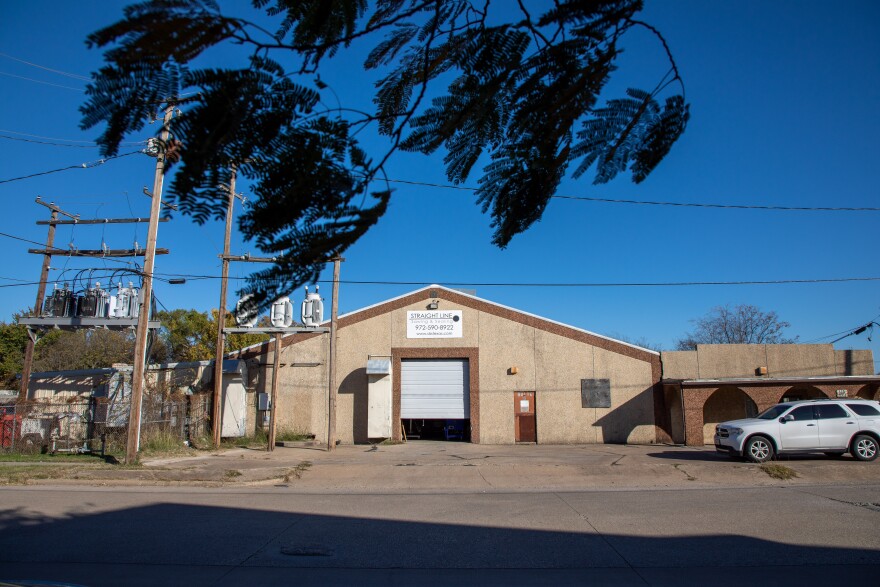Robert Bullard has been a leader in the fight for environmental justice since the 1980s. In his new role, he will advise the White House on how to address environmental issues.
Bullard said he wants to see immediate action at the site in Grand Prairie. The former manufacturing plant is located in the city’s low-income, majority Latino Burbank Gardens neighborhood. It has been on the Environmental Protection Agency's national priority list since 2018, which is described as “the nation’s most serious uncontrolled or abandoned hazardous waste sites.”
EPA tests found a highly toxic chemical known as trichloroethylene (TCE) in the soil at the site and in nearby groundwater. The agency also found evidence of TCE in the air inside some residents’ homes.
“Don't think this is a rarity when it comes to issues like this and low-income communities and communities of color,” Bullard said.
Here are more excerpts from Bullard’s interview with KERA:The perils of living close to a Superfund site

Having to live next to a dangerous facility that has been listed on the EPA's National Priority List is not something that you can take pride in. It comes with a tremendous health risk. And too often the residents who live closest to these facilities are at greatest risk and have the least amount of information on what the dangers are from living near such a facility.
There's a study that just came out this this year by professors at University of Houston showing that living near a Superfund site can on average shorten your life expectancy by two months. But for disadvantaged communities, low-income communities, and communities of color, it could shave off as much as 15 months. We’re talking about added burdens, health burdens and economic burdens.
What needs to be done
There needs to be transparent, real-time communications and user-friendly language to the residents that are most impacted. When we talk about pollution threatening public health, we're talking about an emergency... That's what needs to happen in terms of the regional office, our state environmental agency, TCEQ, our federal EPA in Washington.
There needs to be more attention placed on these Superfund sites – these dangerous leftovers from the past. We call it legacy pollution. And I think right now, when we look at the Infrastructure Act and we look at the Justice 40 initiative and hopefully Build Back Better plan… I think these are efforts that would definitely target those communities… like the community in Grand Prairie that's facing this threat and has lived with it for too long.
Government’s role
The government needs to really step up in this case in Grand Prairie. Those of us who are on the White House Environmental Justice Advisory Council, three of us in Texas... have pushed and pushed, and we'll still push to make sure that the environmental injustices – not only in Texas but in in the Gulf Coast and in the U.S. – will be addressed because they have been invisible and ignored too long.
The residents in Grand Prairie can rest assured that those of us from Texas... will be advocating, and we will be providing lots of research, findings, information, facts and the science to support the communities on the ground.
This excerpt has been edited slightly for clarity.
This story was produced with the support of Investigative Editing Corps as part of a pilot project with Report For America.
Got a tip? Alejandra Martinez is a Report For America corps member for KERA News. Email Alejandra at amartinez@kera.org. You can follow Alejandra on Twitter @alereports.





